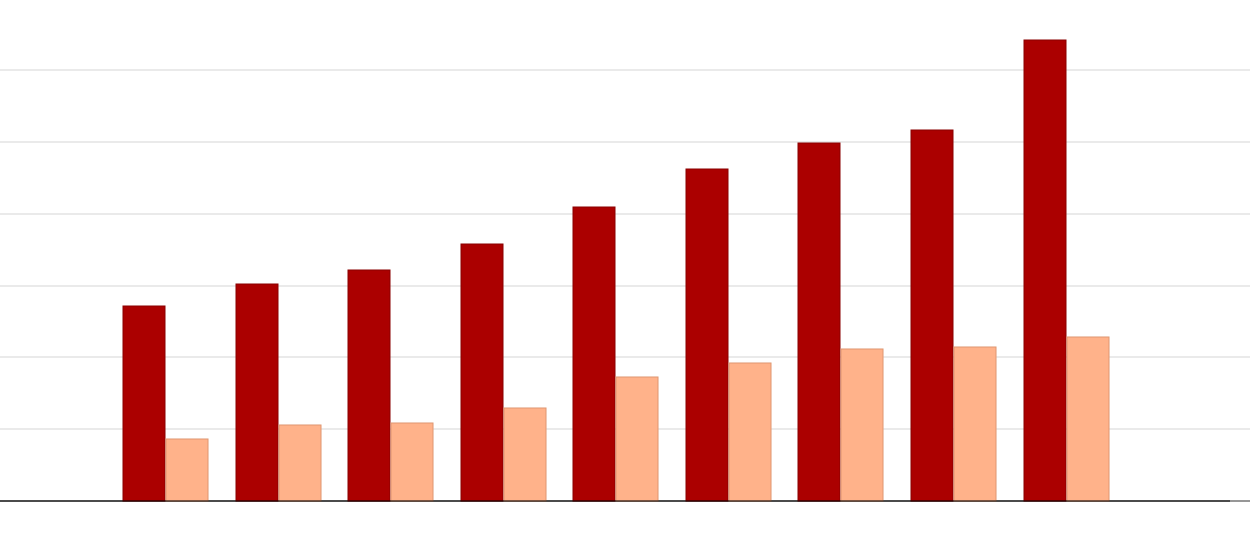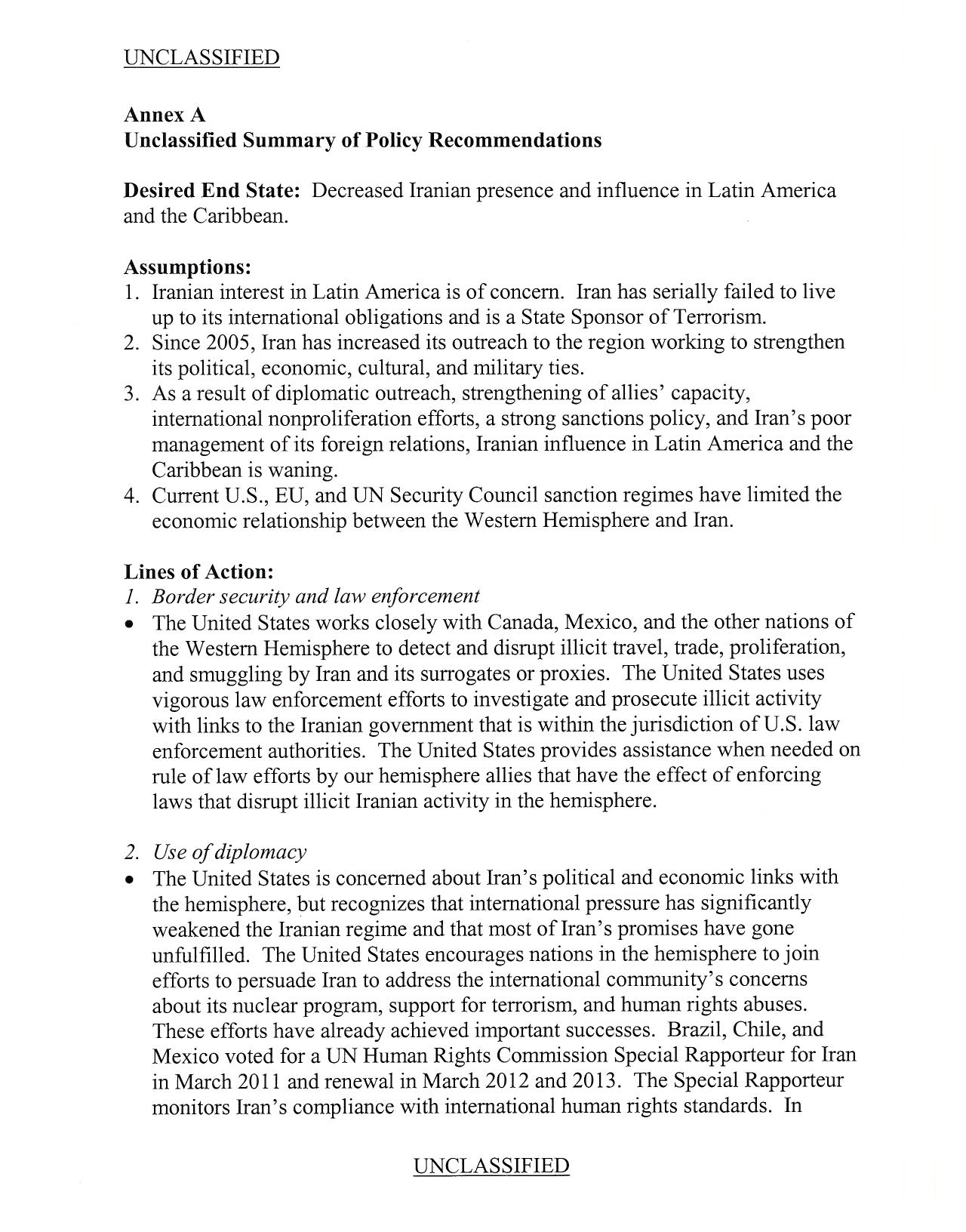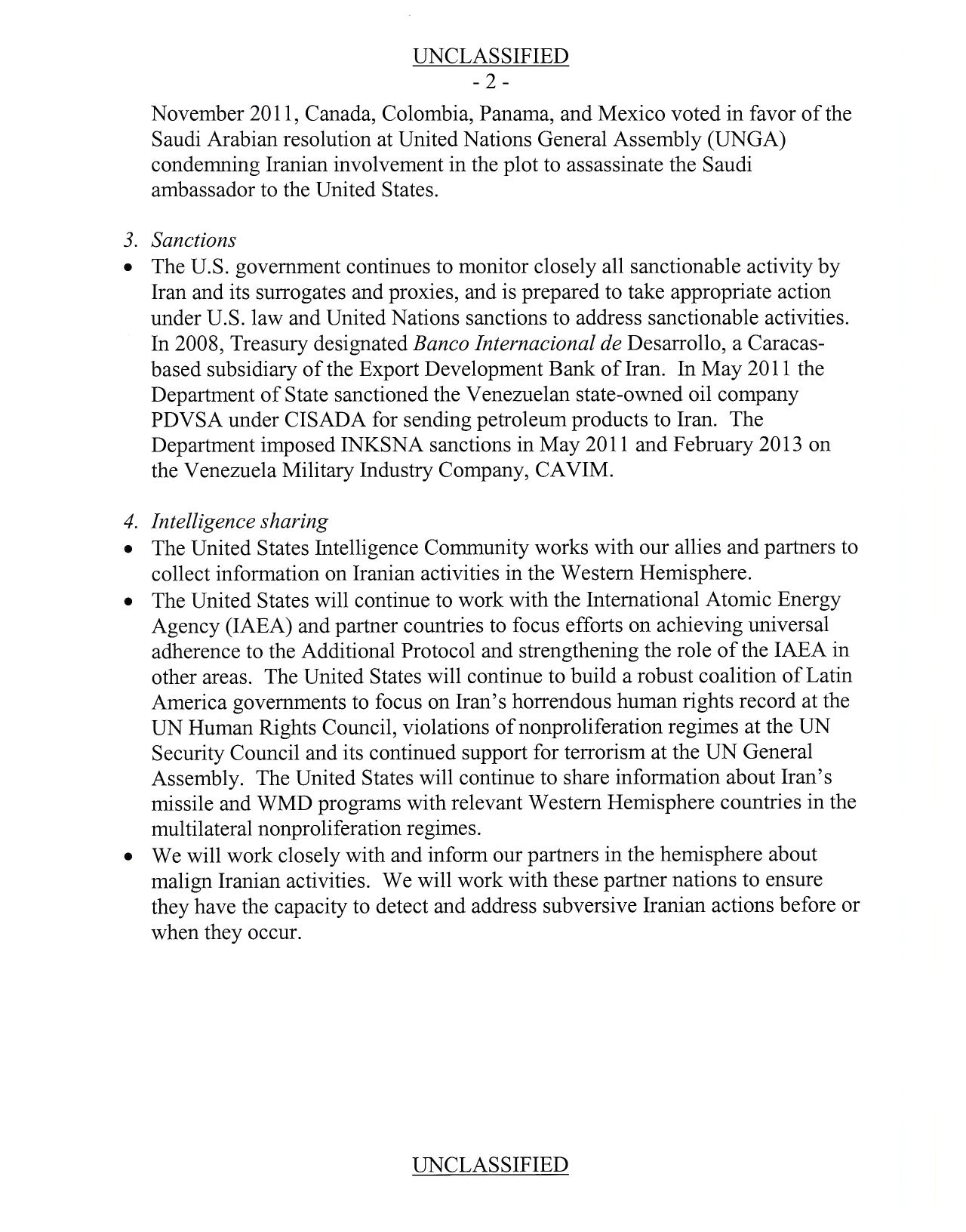Related reading: Report: U.S. Spent $1.87 Billion to Incarcerate Illegal-Immigrant Criminals in 2014 Read more at
Justice Dept.: Firing migrant workers with expired papers is discrimination
WashingtonExaminer: The Justice Department released a video this week encouraging companies not to terminate immigrants after their employment authorization expires, and indicated that doing so is a form of discrimination.
The video is shot in a dimly lit office, where two actors discuss whether their fictional company should let go of some Salvadoran employees who have failed to provide updated paperwork on their immigration status.
After a discussion about whether retaining the workers would violate the law, a woman says, “I think this is an exception to that rule,” and recommends that they contact the the Office of Special Counsel for Immigration Related Unfair Employment Practices before making any decisions.
“We want to follow the rules but we don’t want to lose these workers or discriminate against them,” she concludes. “They are too valuable.”
The video then tells viewers that the federal government has extended employment authorization by six months for people from El Salvador with Temporary Protected Status, a benefit designed to help foreign nationals who are considered unable to safely return to their home.
The Justice Department claims requesting additional work-authorization documents from these workers may violate a provision in the Immigration and Nationality Act (INA) designed to protect individuals from excessive employer demands based on their nationality.
“The Justice Department is firmly committed to protecting the rights of all work-authorized immigrants and ensuring that employers do not engage in unlawful discrimination,” said Principal Deputy Assistant Attorney General Vanita Gupta, head of the Justice Department’s Civil Rights Division in a statement upon the video’s release on Thursday.
Related reading: Read the report on Obama Executive Action Removals Executive Action-Removals-SCOMM
MigrationPolicy: While much of the attention to the Obama administration’s announcement of executive actions on immigration in November 2014 has focused on key deferred action programs, two changes that have not faced legal challenge are in the process of being implemented and may substantially affect the U.S. immigration enforcement system. These changes include the adoption by the Department of Homeland Security (DHS) of new policy guidance on which categories of unauthorized immigrants and other potentially removable noncitizens are priorities for enforcement, and the replacement of the controversial Secure Communities information-sharing program with a new, more tailored Priority Enforcement Program (PEP).
The new policy guidance, which builds on previous memoranda published by the Obama administration in 2010 and 2011, further targets enforcement to noncitizens who have been convicted of serious crimes, are threats to public safety, are recent illegal entrants, or have violated recent deportation orders. MPI estimates that about 13 percent of unauthorized immigrants in the United States would be considered enforcement priorities under these policies, compared to 27 percent under the 2010-11 enforcement guidelines. The net effect of this new guidance will likely be a reduction in deportations from within the interior of the United States as DHS detention and deportation resources are increasingly allocated to more explicitly defined priorities.
By comparing the new enforcement priorities to earlier DHS removal data, this report estimates that the 2014 policy guidance, if strictly adhered to, is likely to reduce deportations from within the United States by about 25,000 cases annually—bringing interior removals below the 100,000 mark. Removals at the U.S.-Mexico border remain a top priority under the 2014 guidelines, so falling interior removals may be offset to some extent by increases at the border.
Taking the enforcement focus off settled unauthorized immigrants who do not meet the November 2014 enforcement priorities would effectively offer a degree of protection to the vast majority—87 percent—of unauthorized immigrants now residing in the United States, thus affecting a substantially larger share of this population than the announced deferred action programs (9.6 million compared to as many as 5.2 million unauthorized immigrants).
This report analyzes how many unauthorized immigrants fall within each of the new priority categories and how implementation of these priorities could affect the number of deportations from the United States, as well as what the termination of Secure Communities and launch of PEP could mean for federal cooperation with state and local authorities on immigration.






